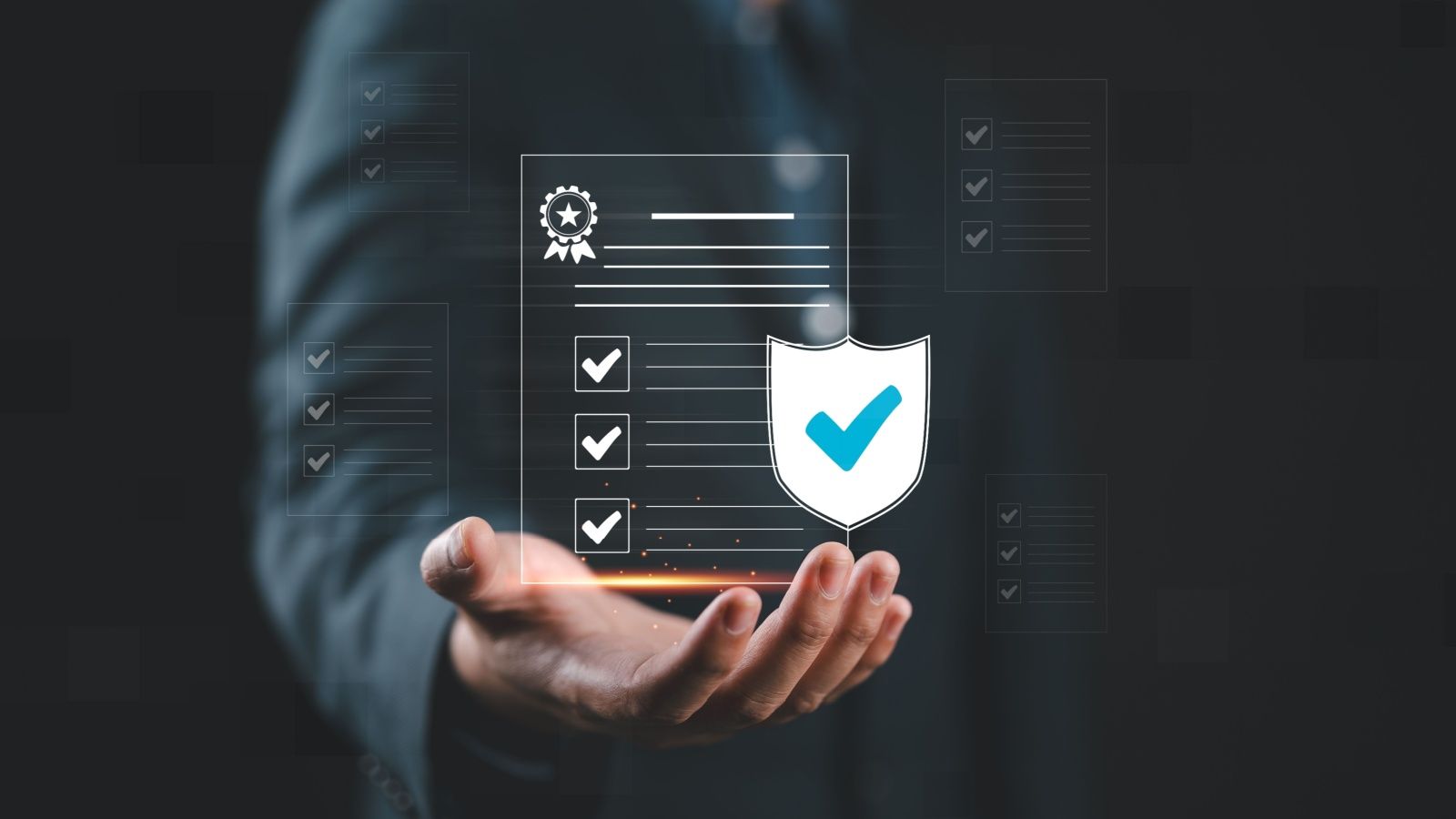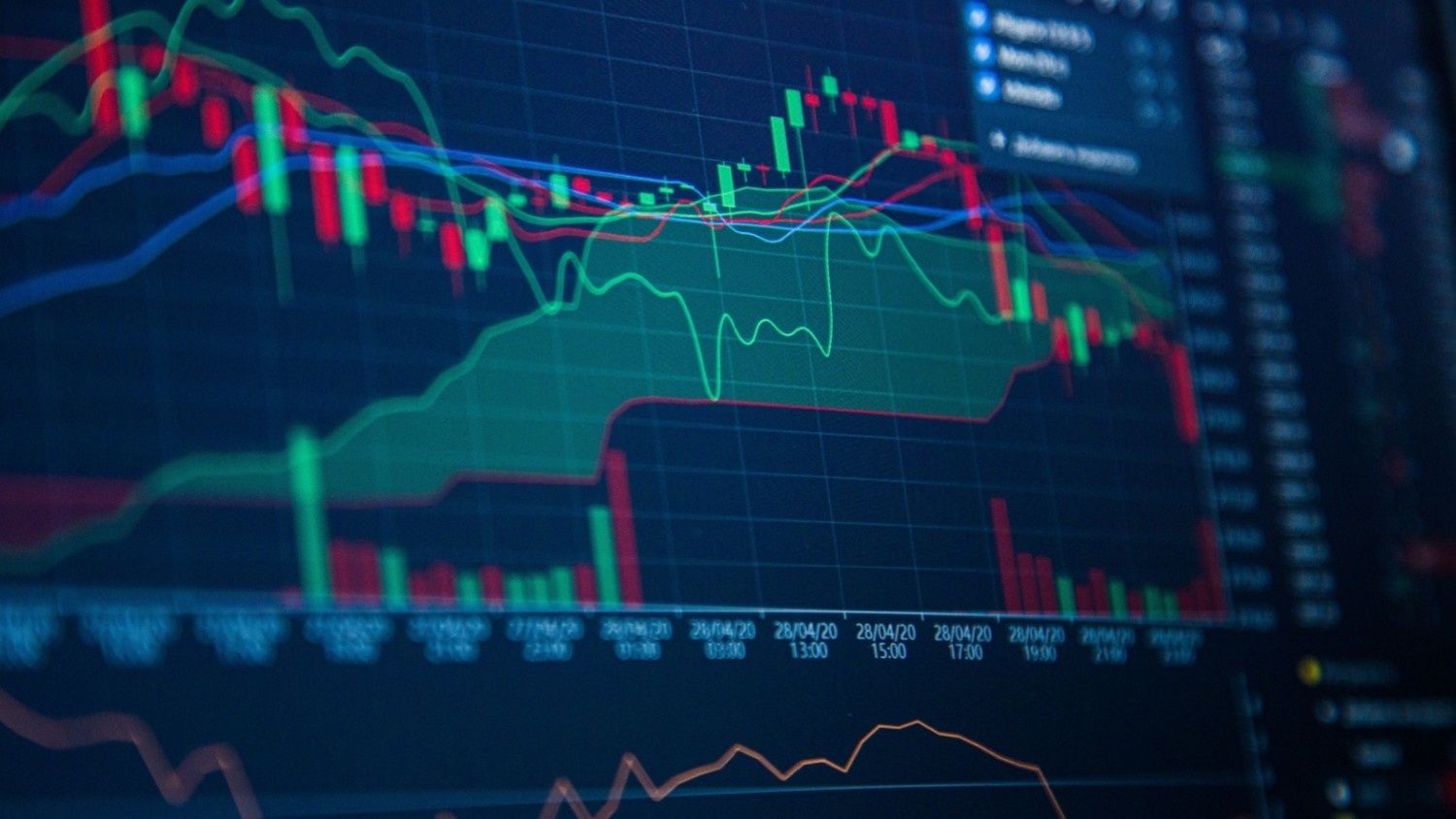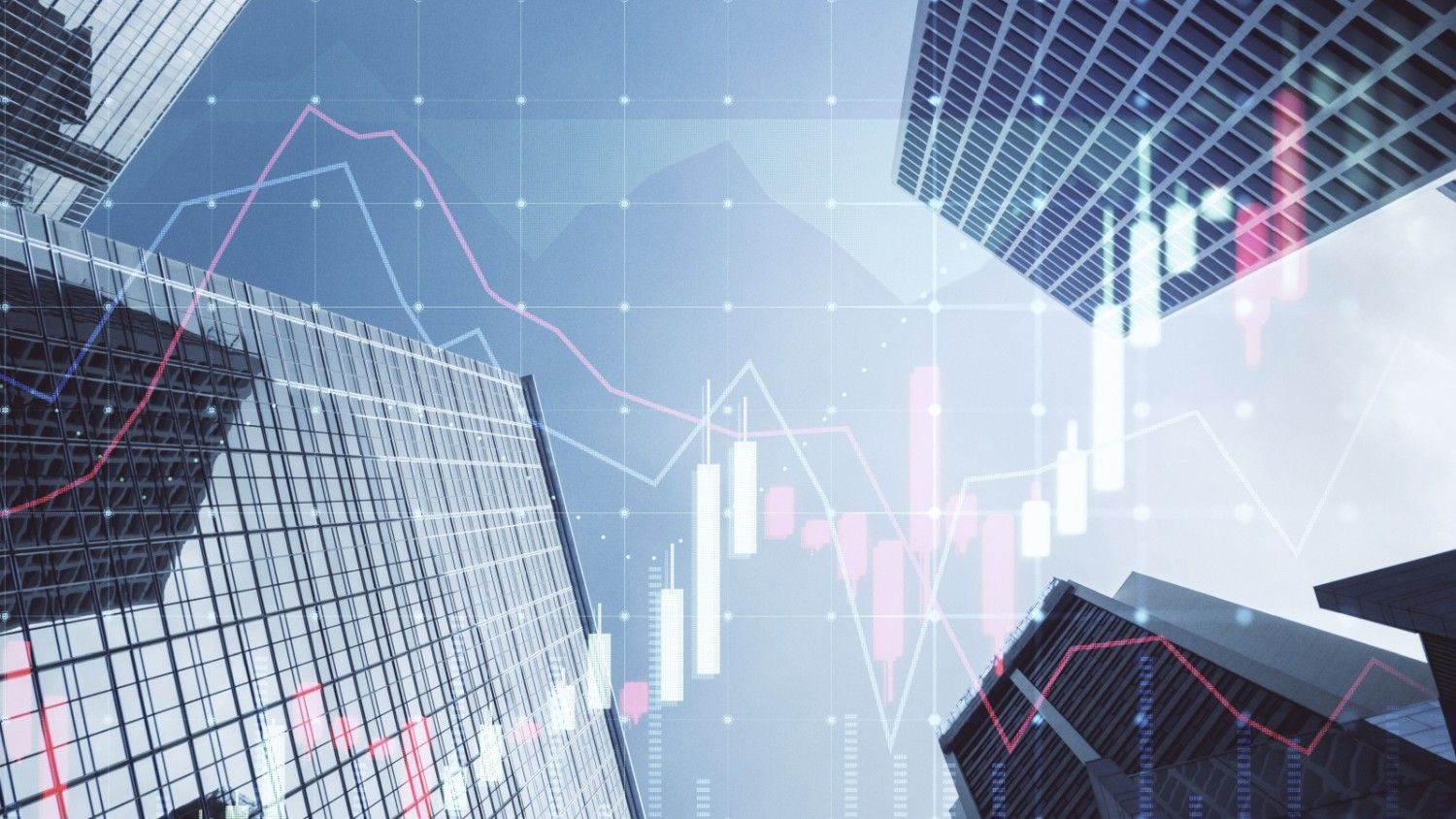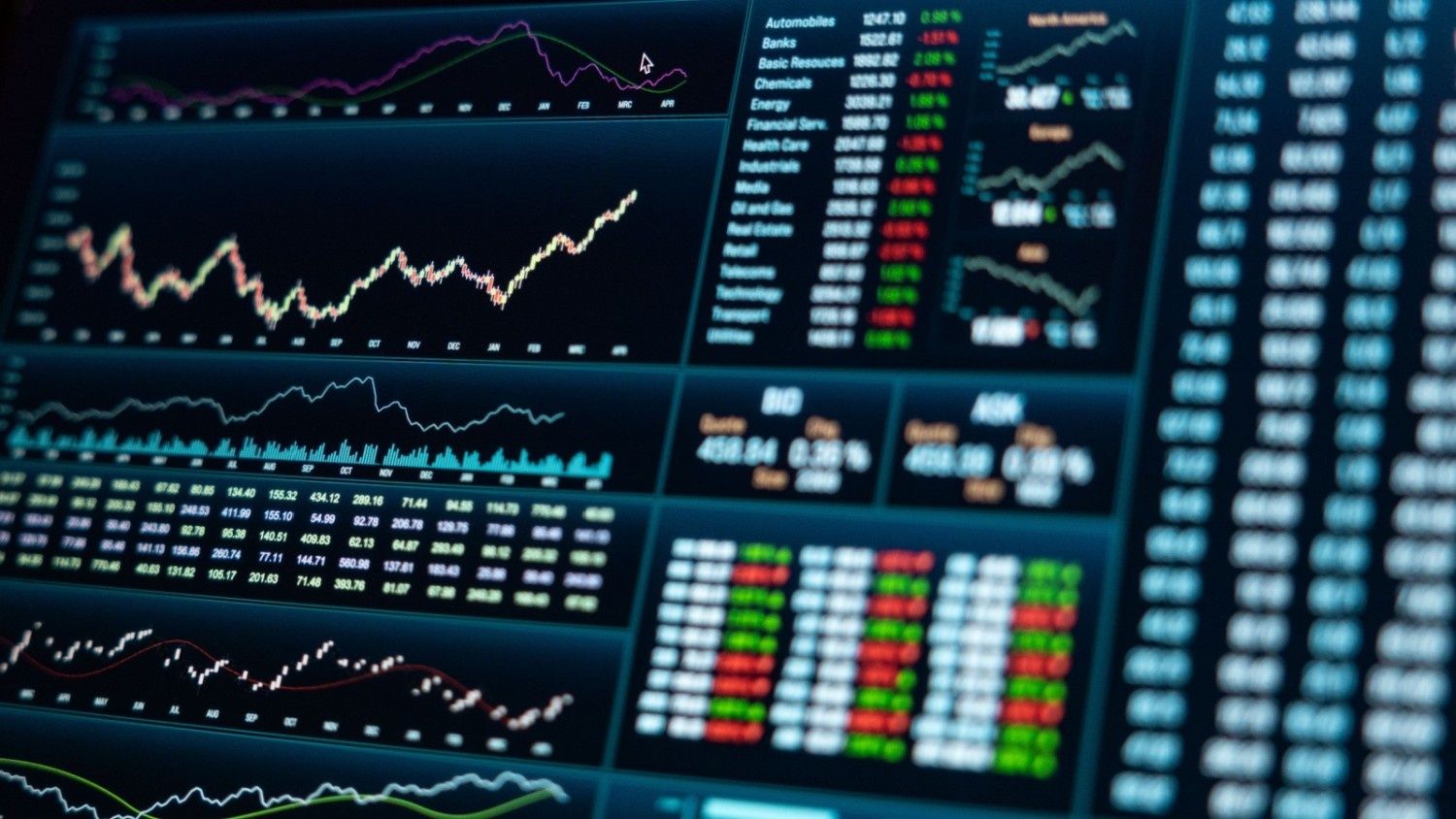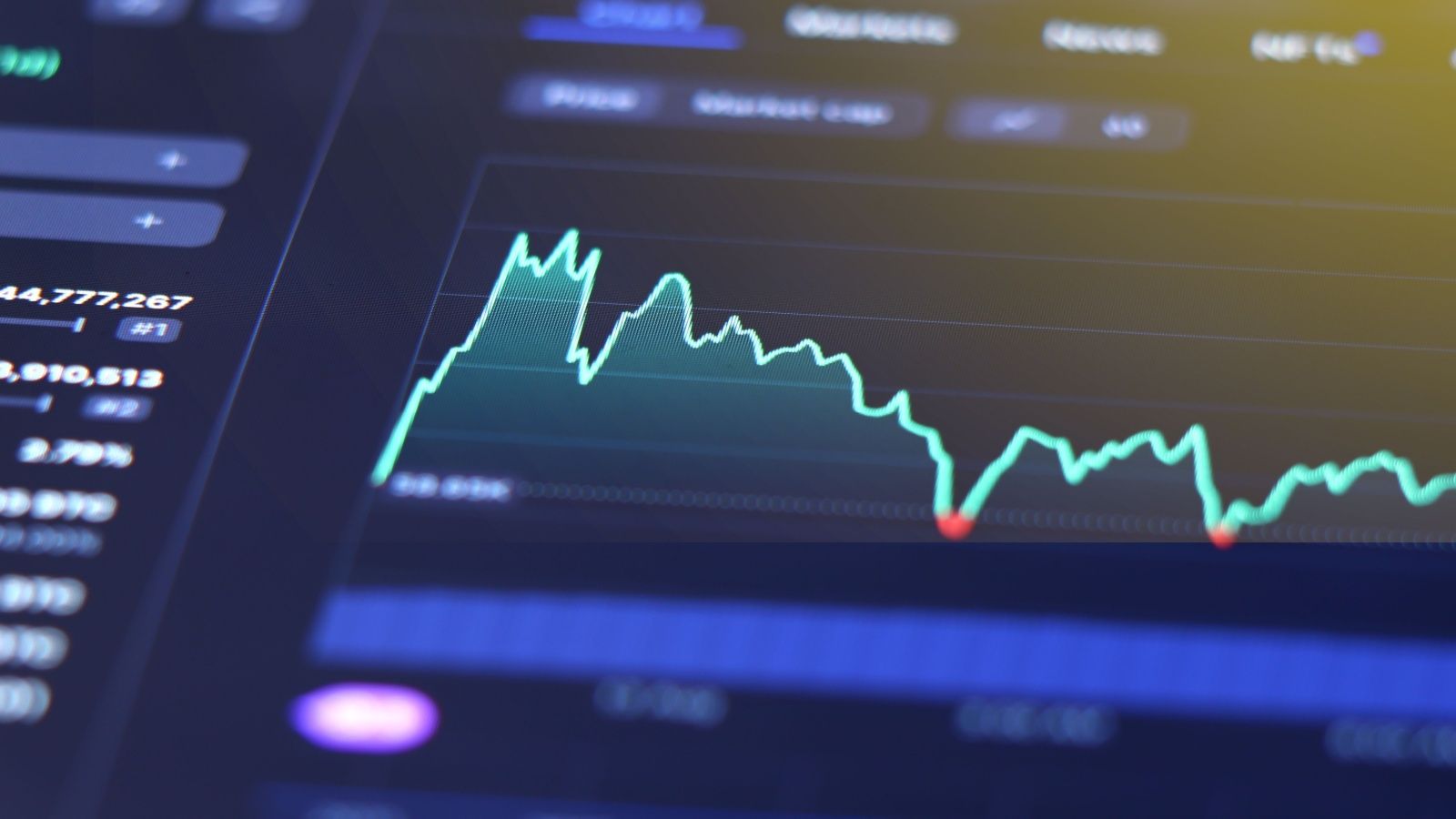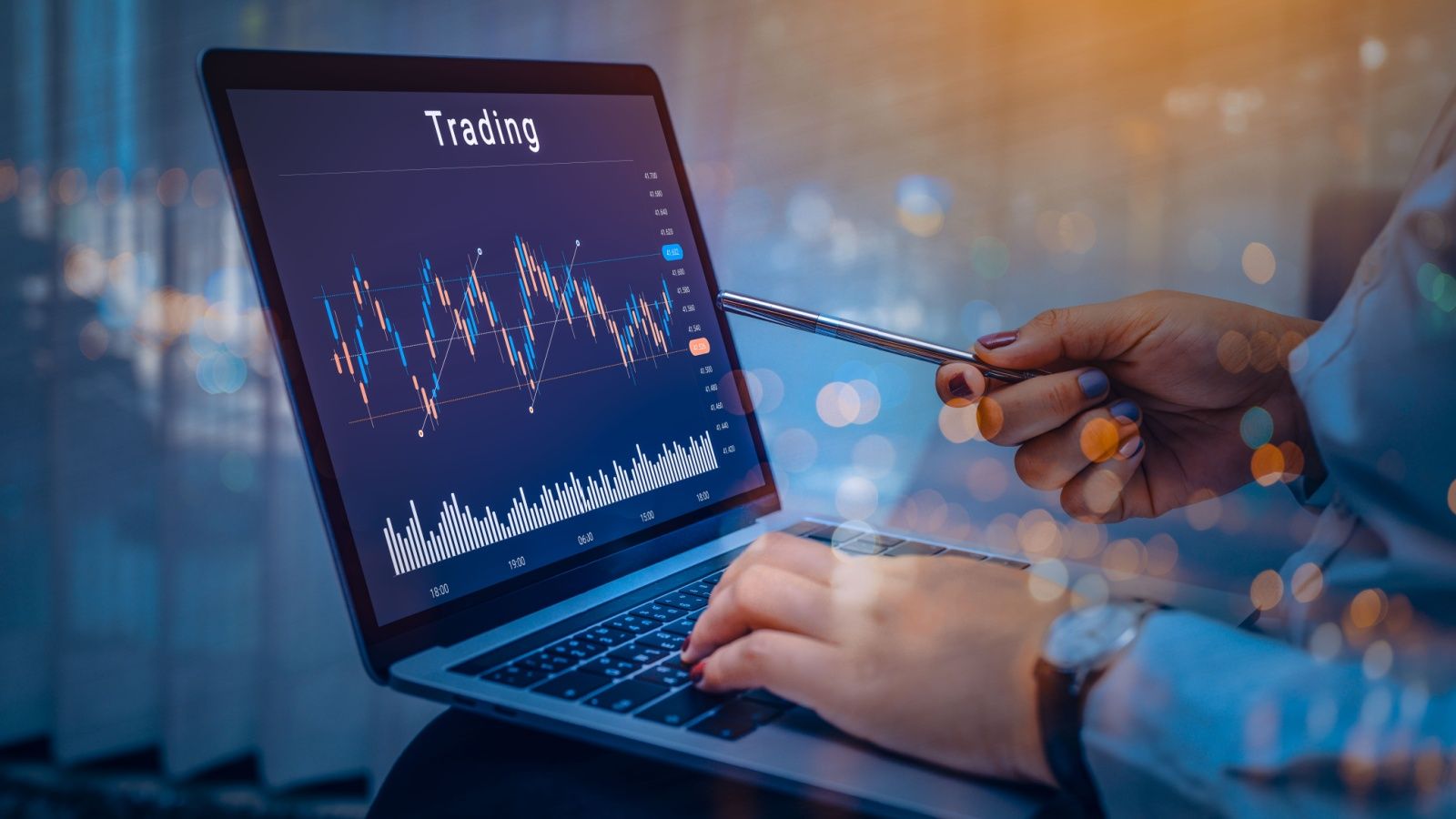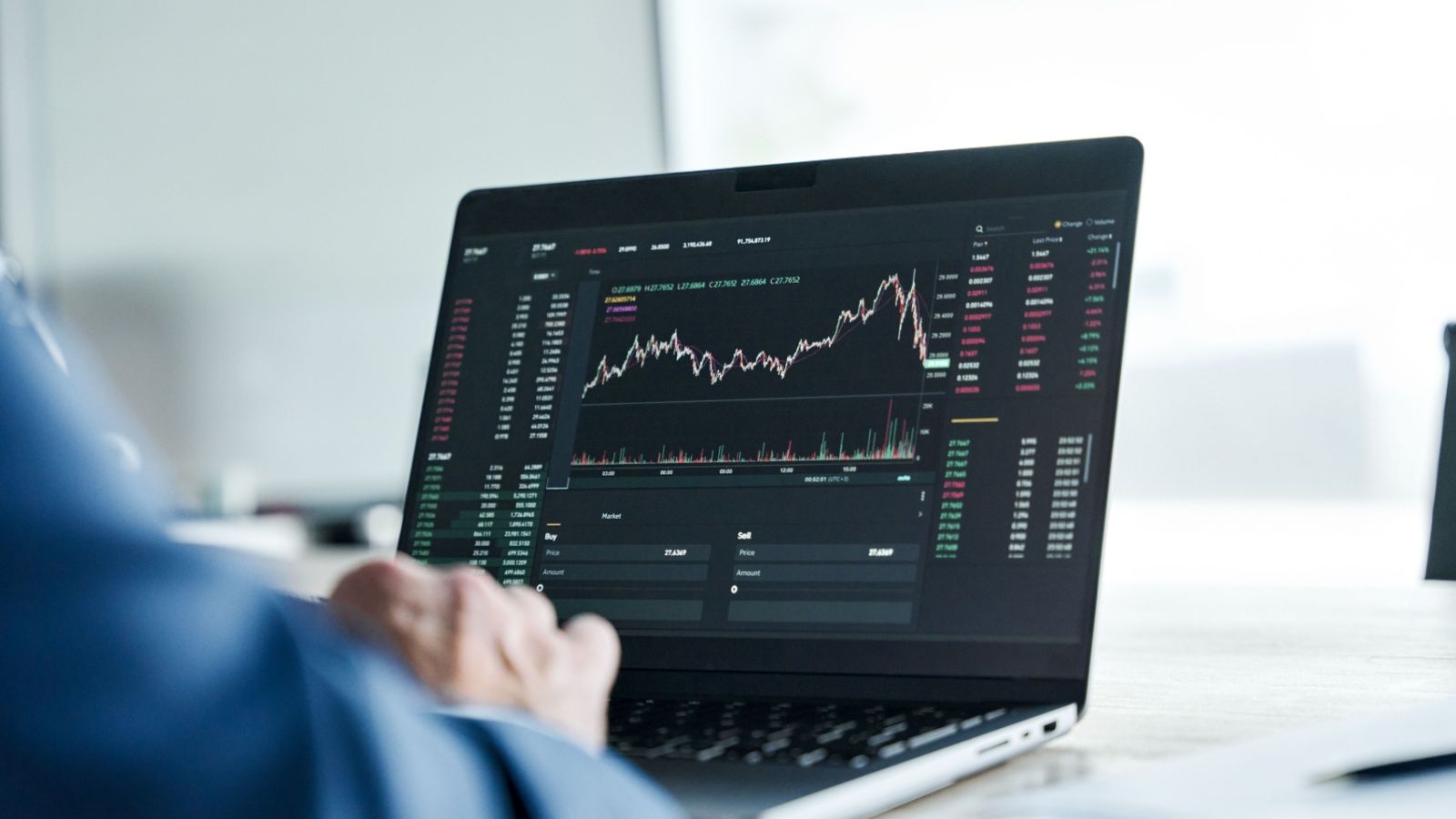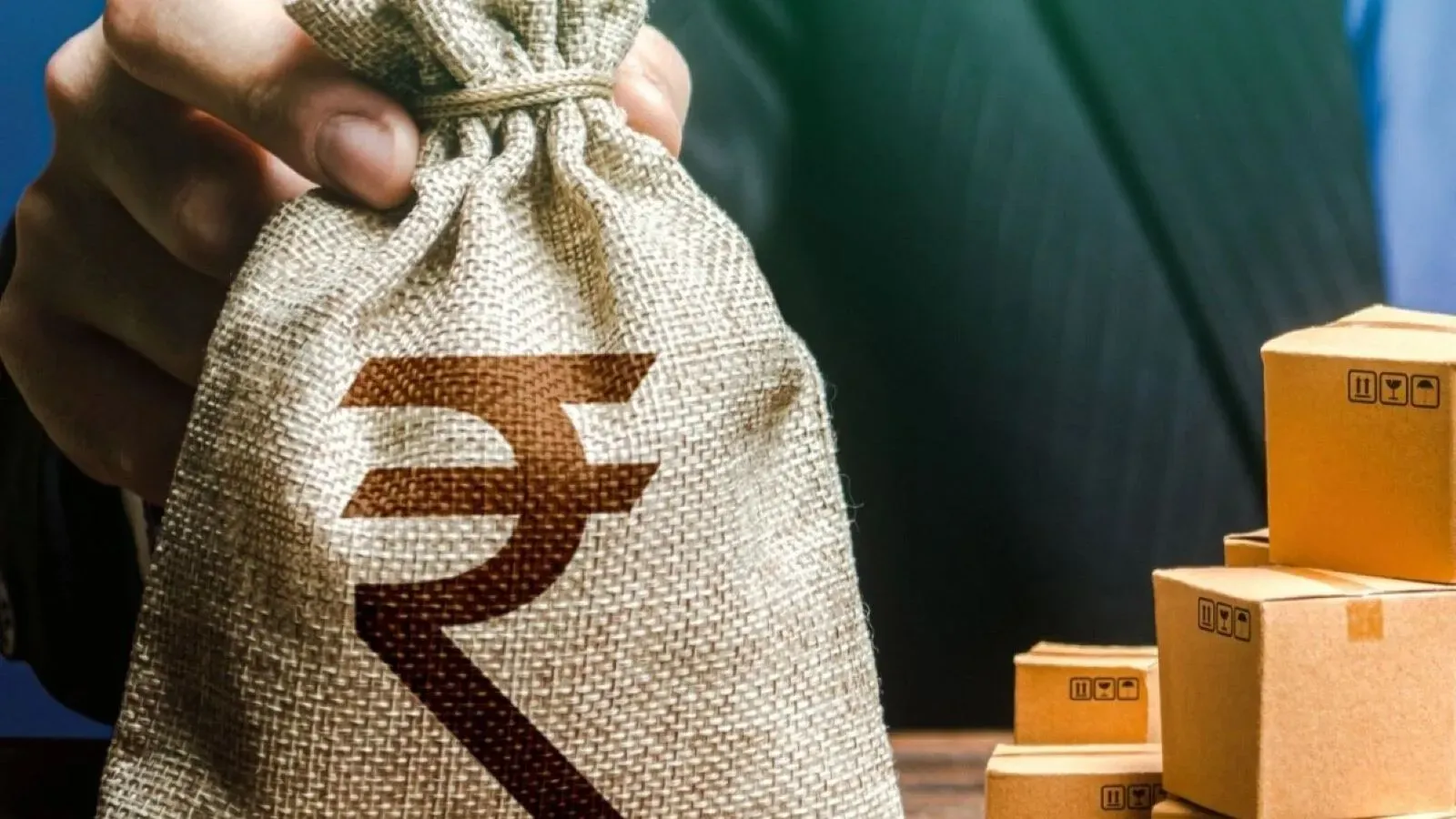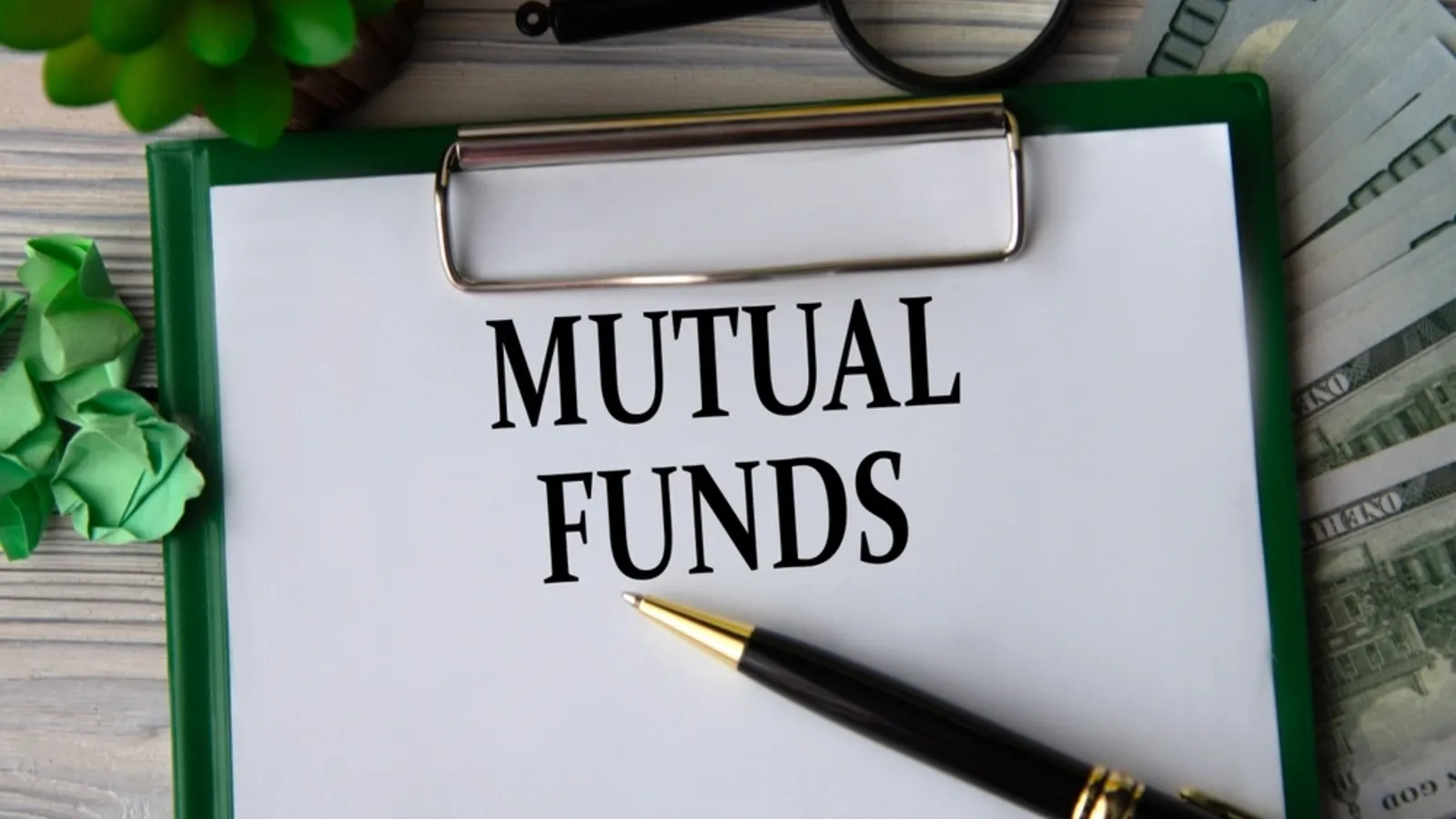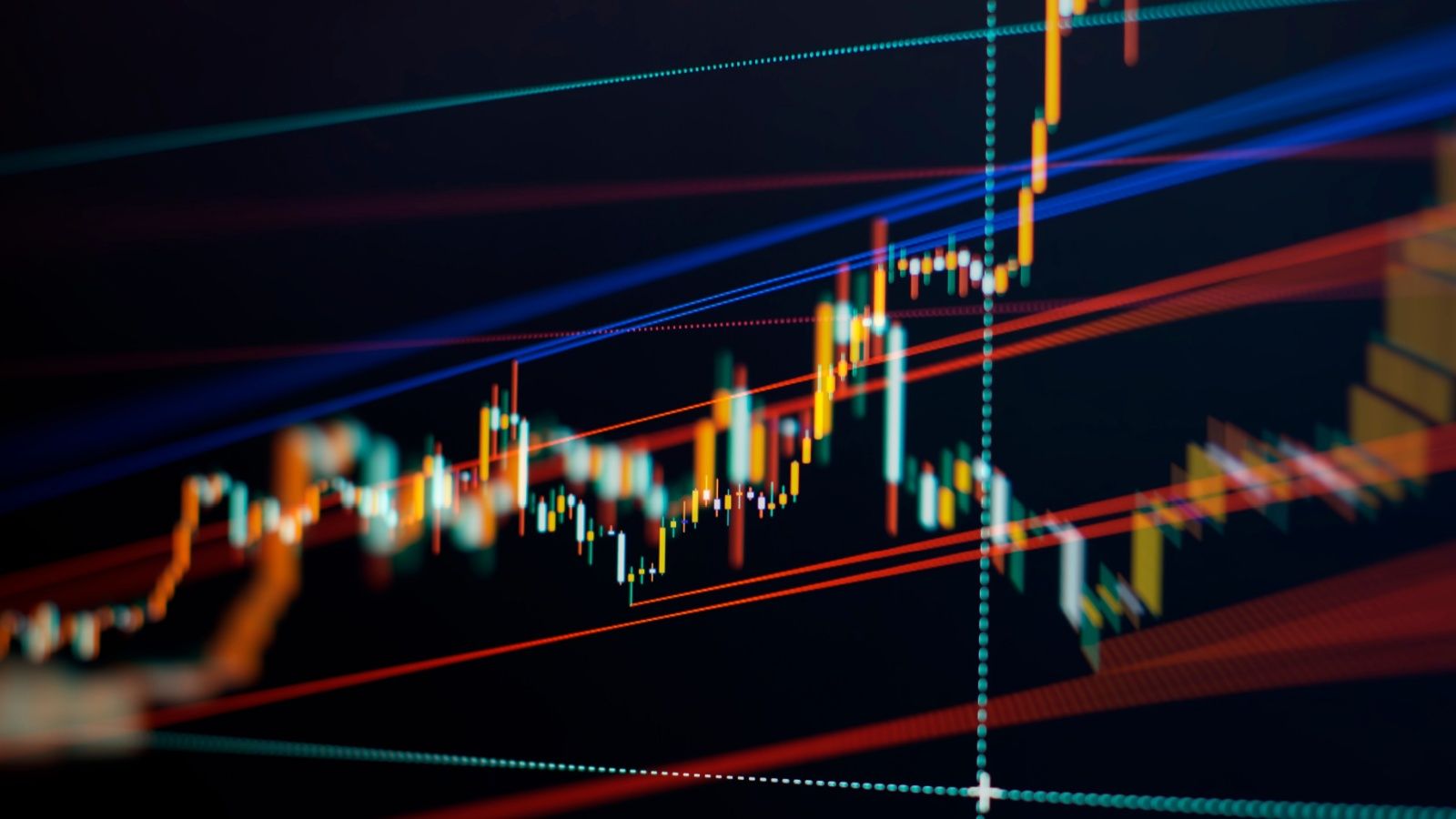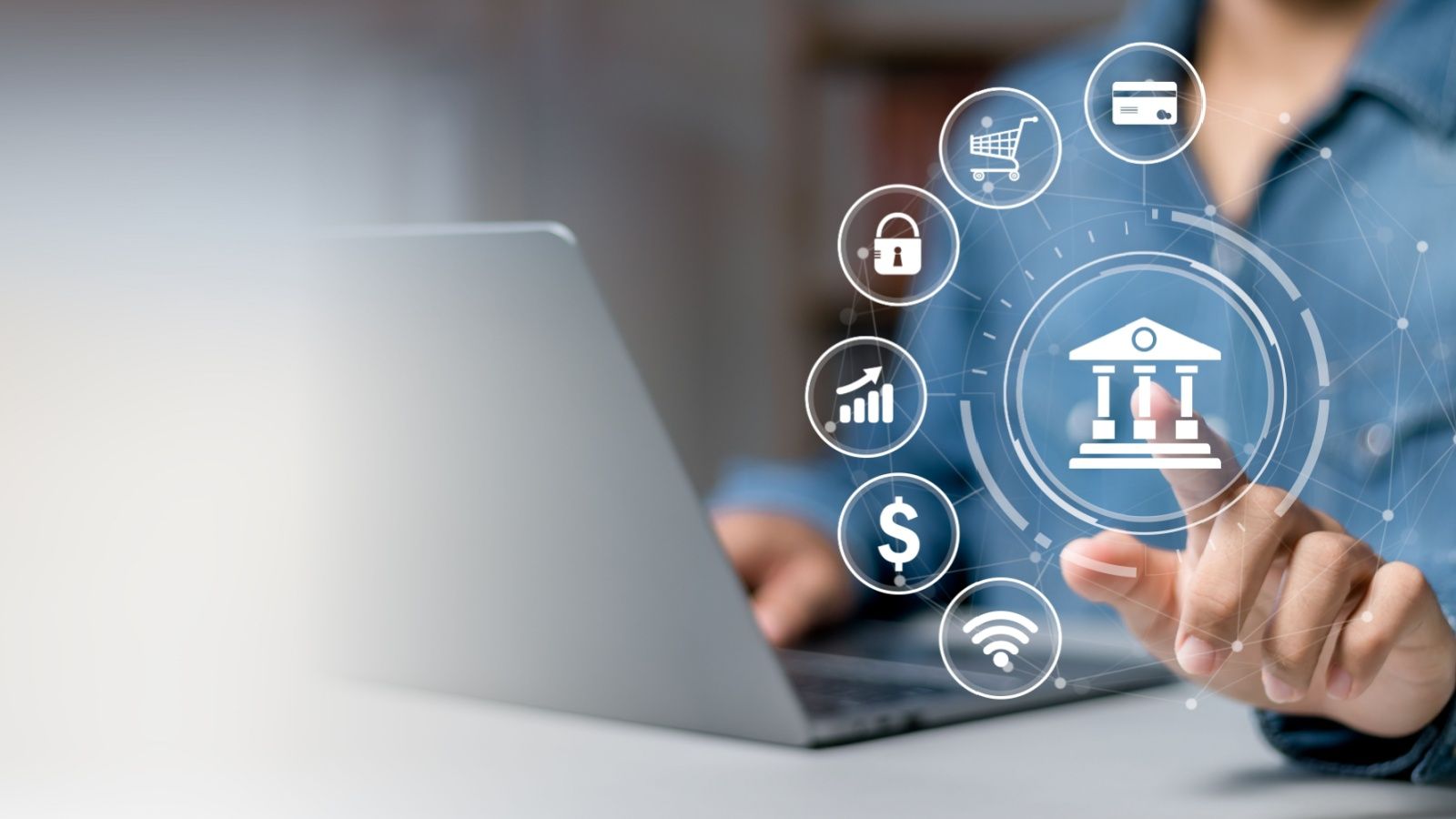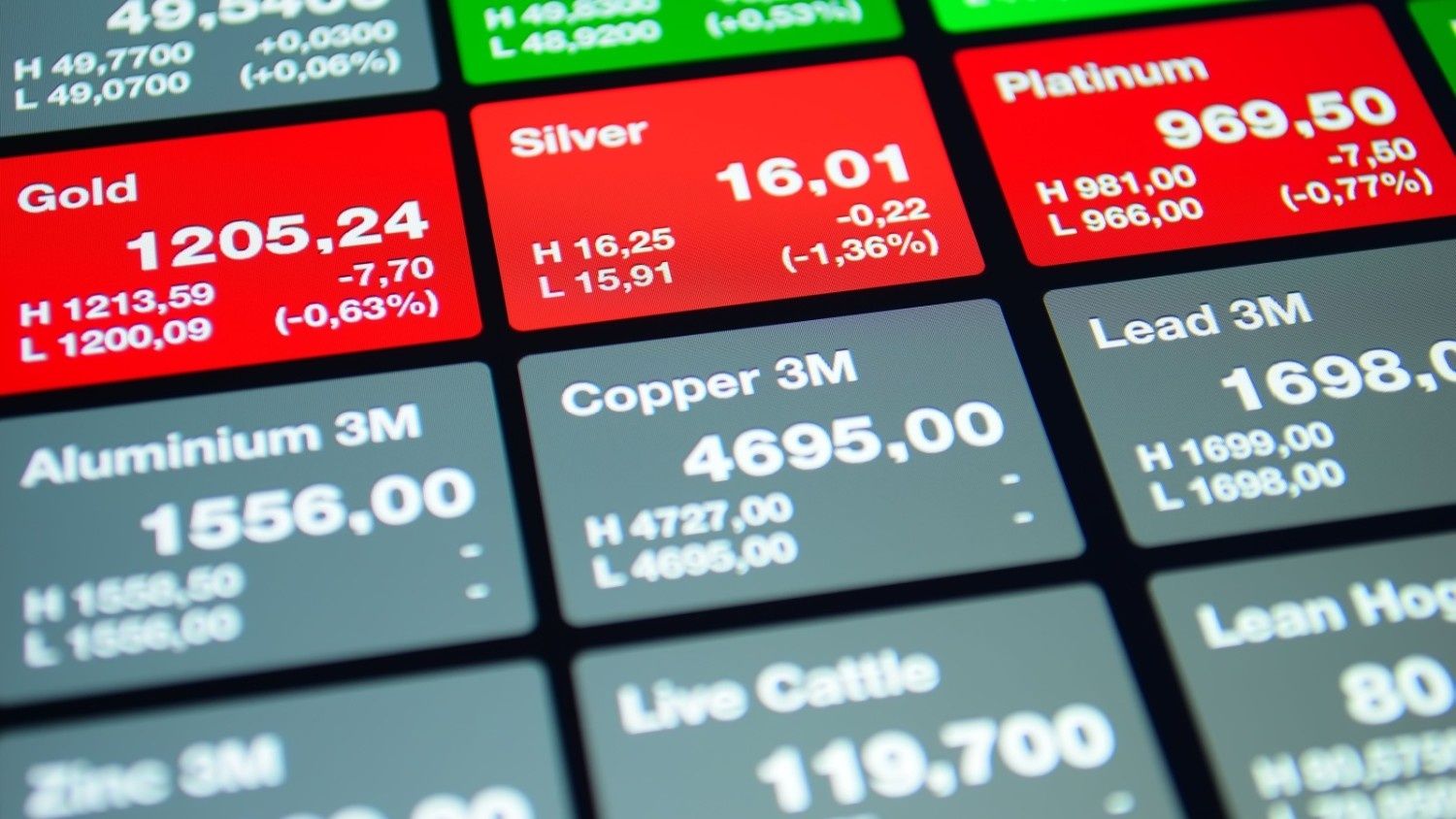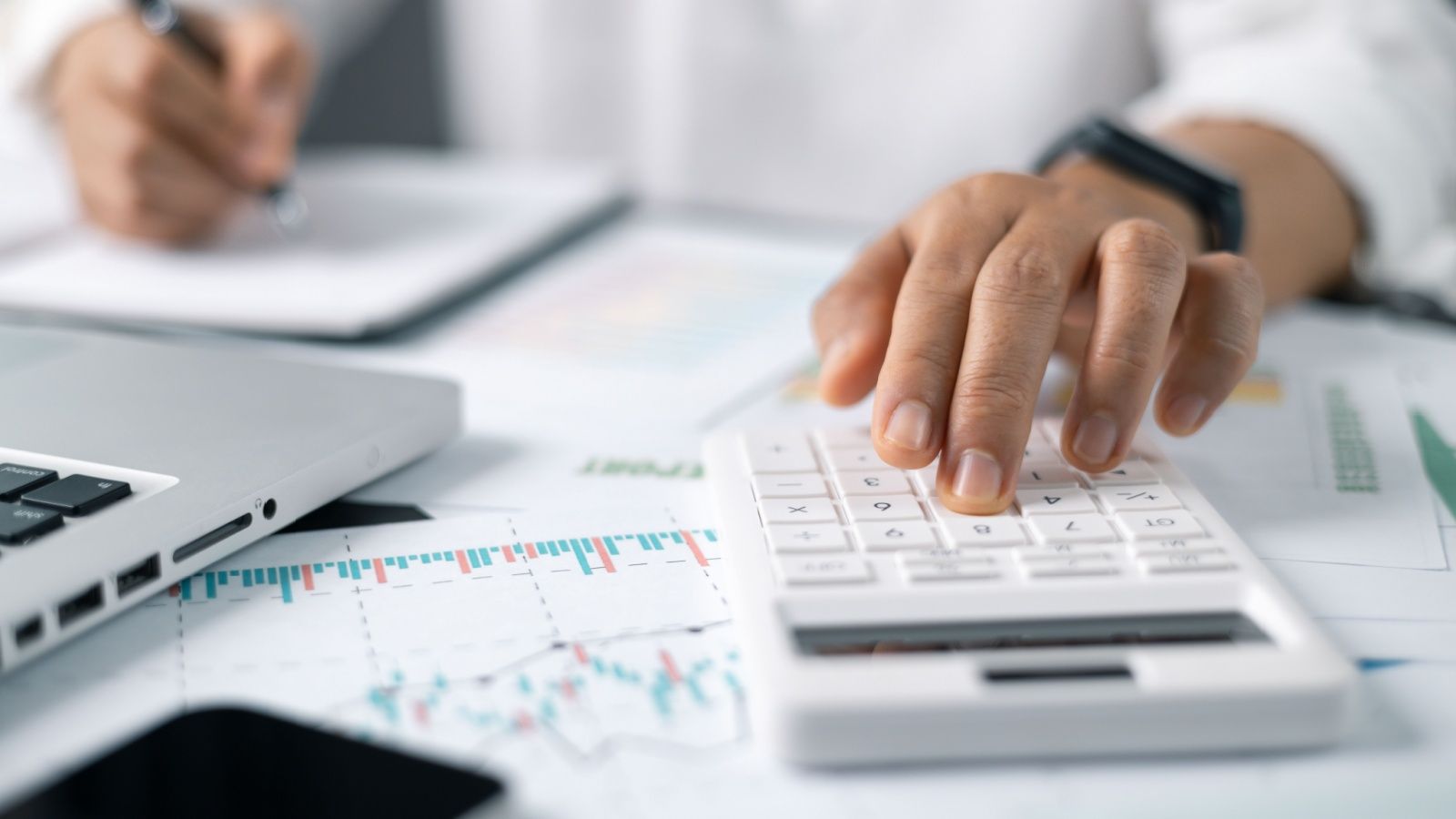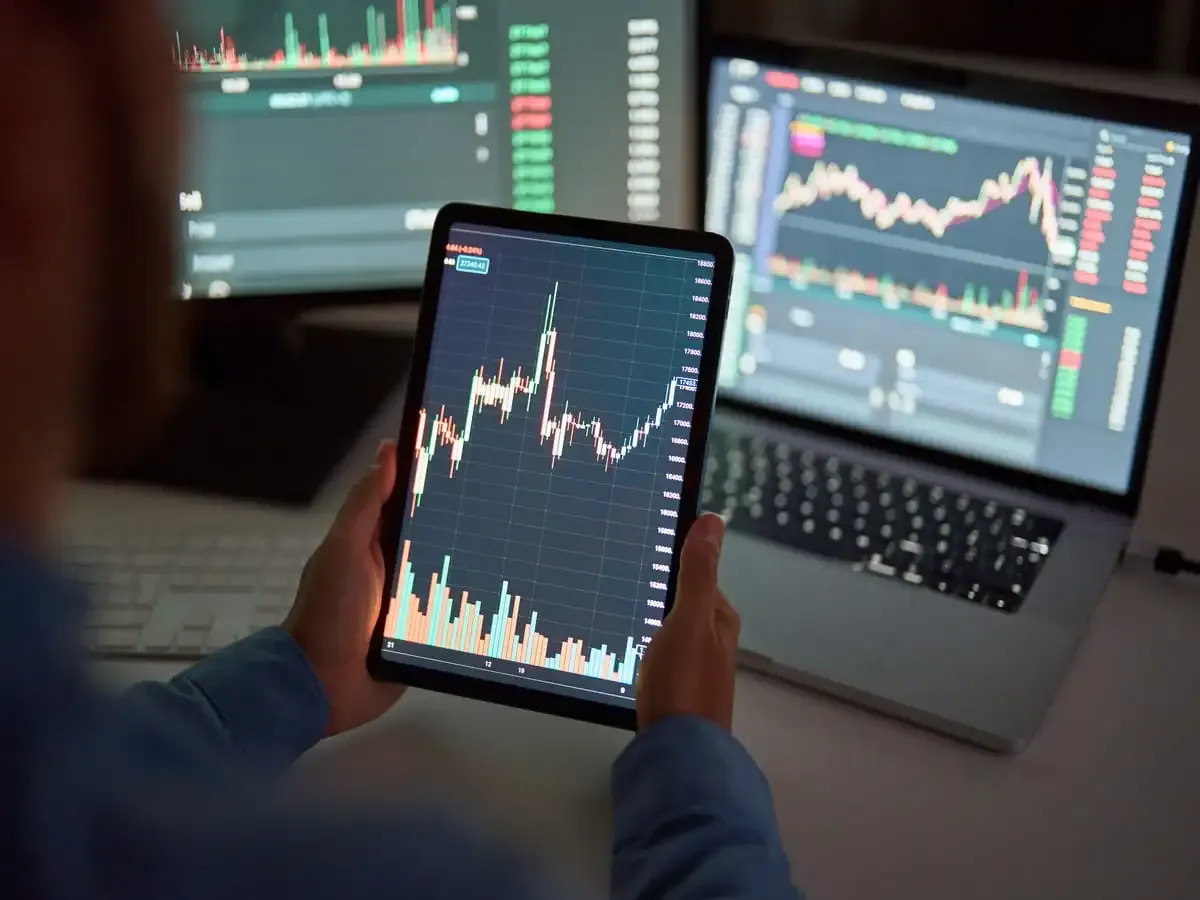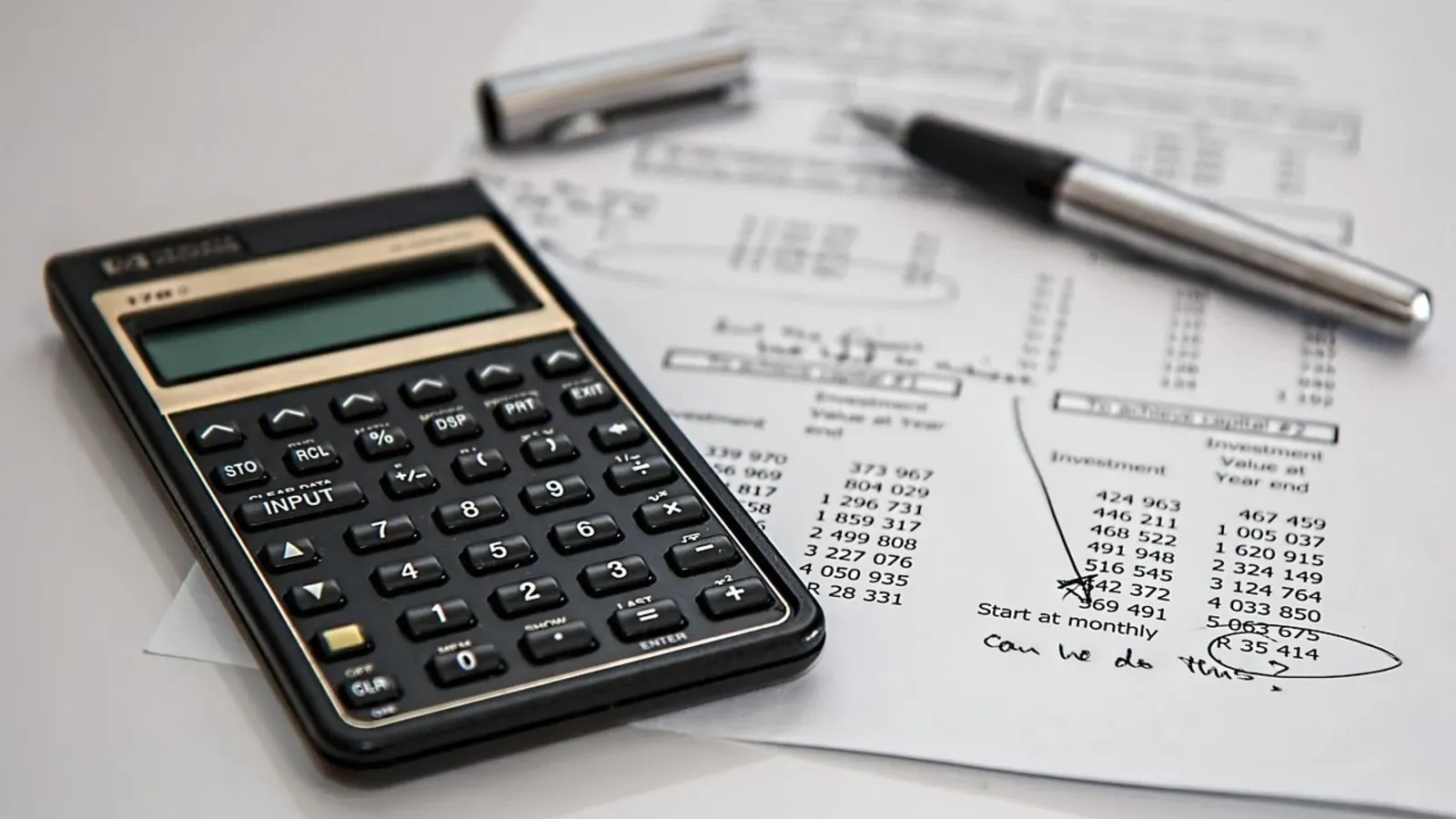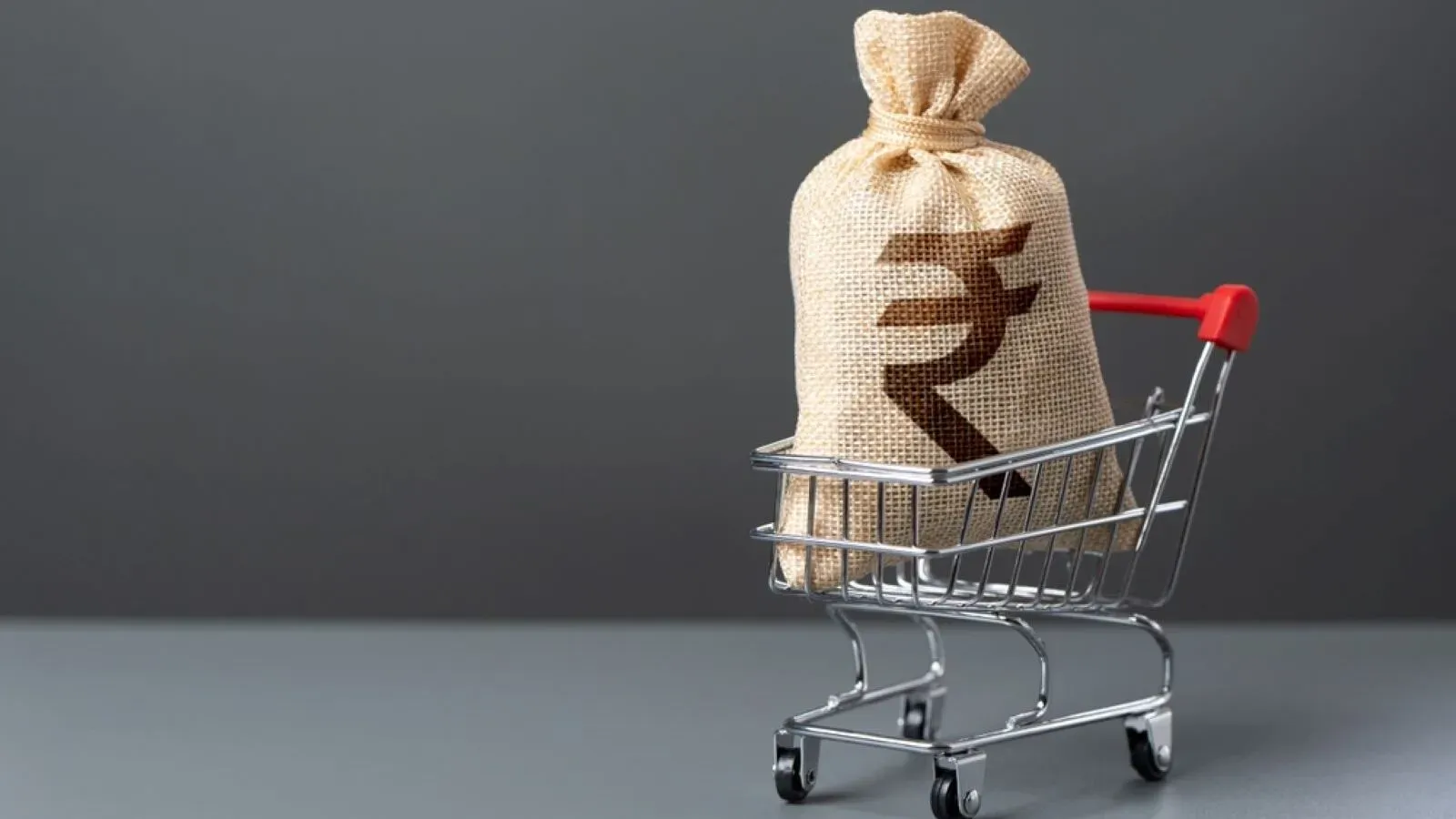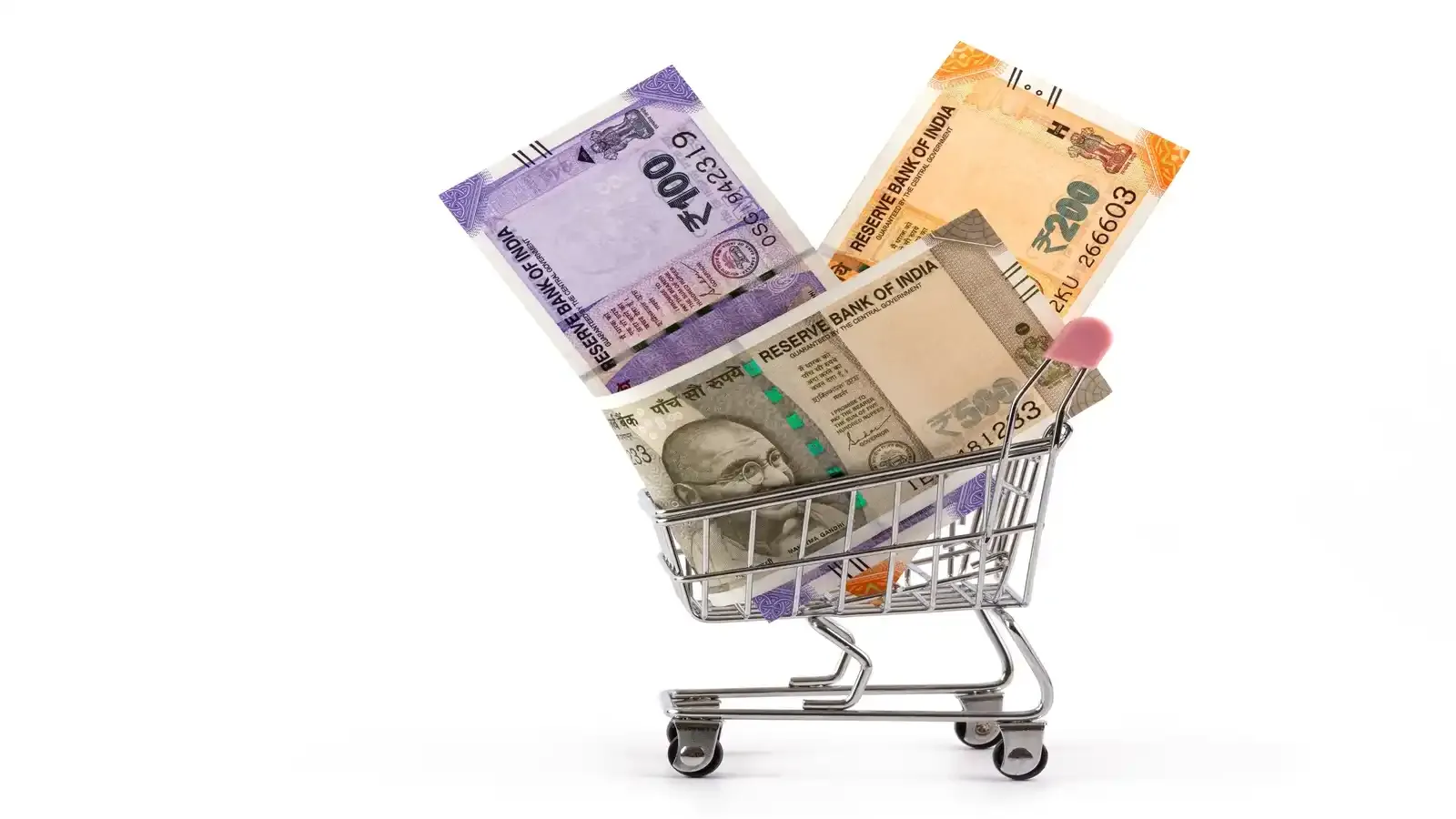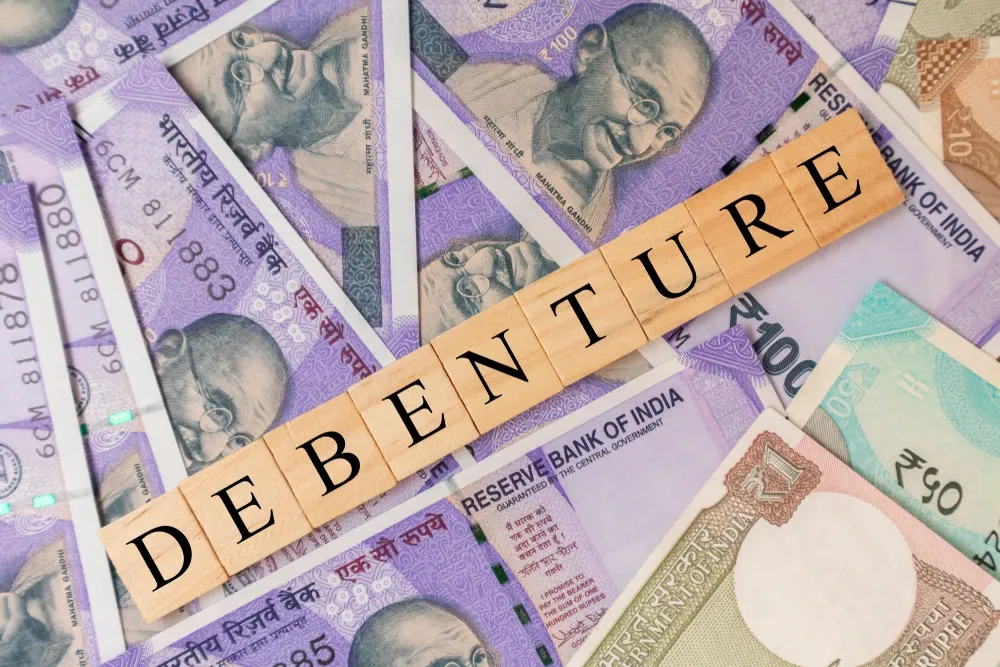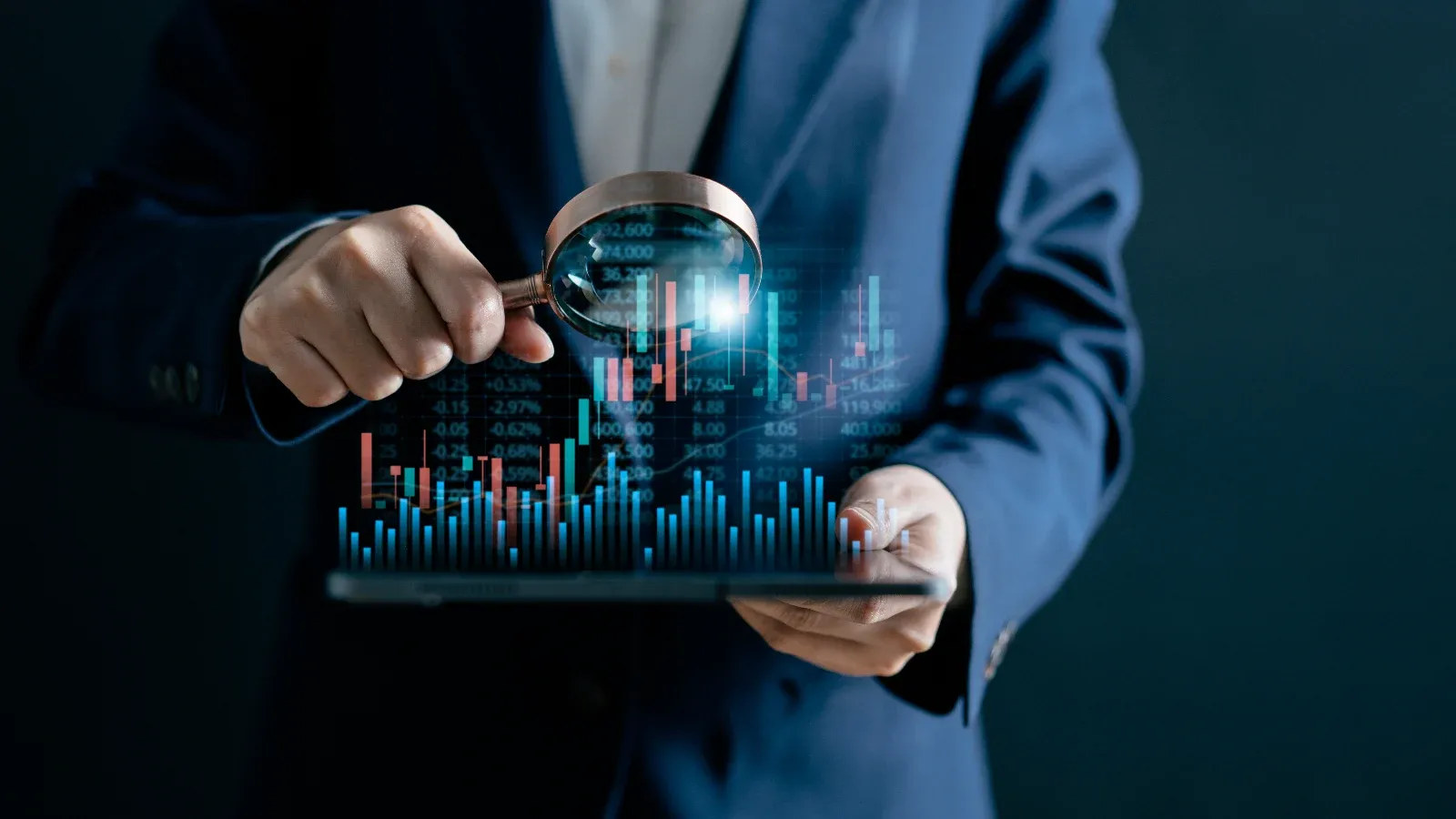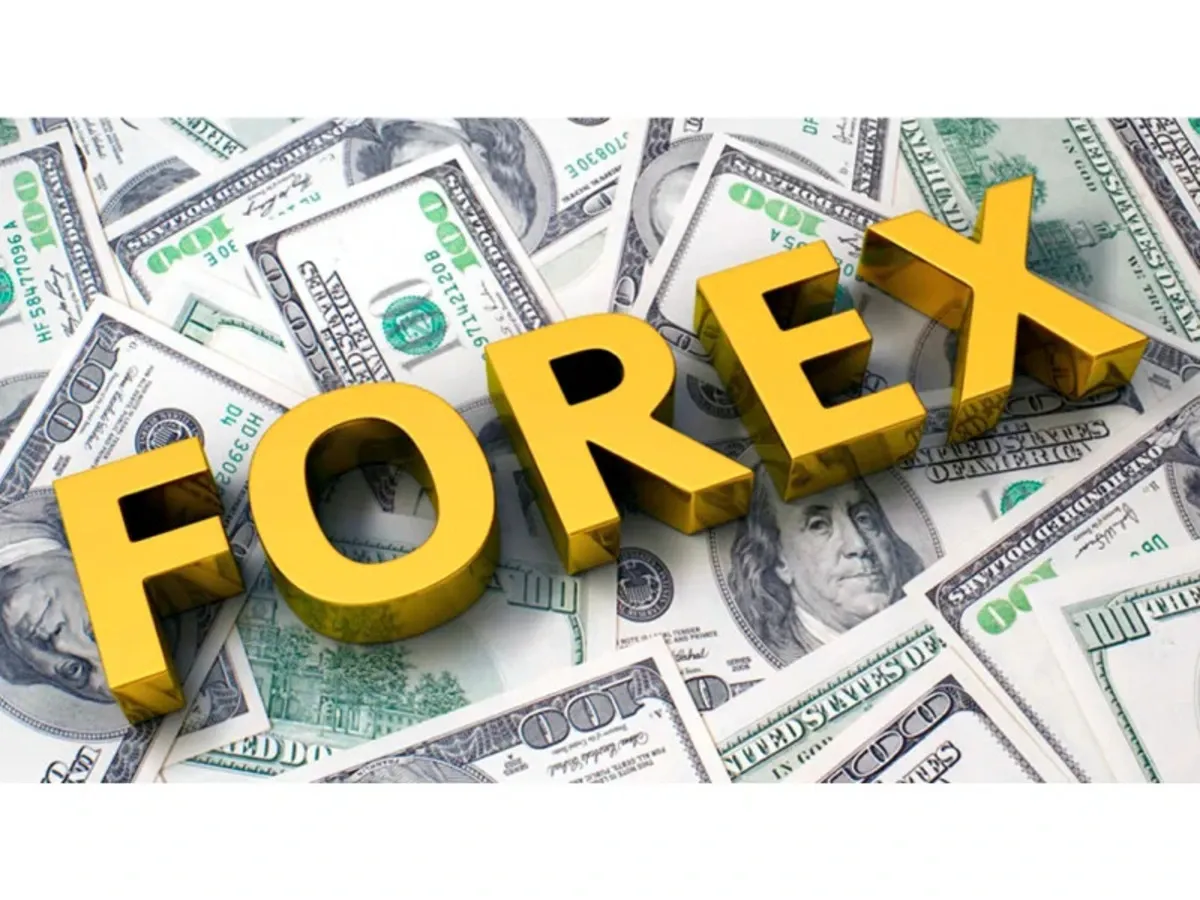Physical Silver vs Digital Silver – What’s Better for Investors?
Written by Dev Sethia
Published on October 24, 2025 | 5 min read

During a year of volatile economic conditions and changing investor strategies, silver has turned into an unlikely favorite. Although silver is often lost in the shadow of gold, today it seems to be shining brighter than ever.
Silver has increased more than 60% this year in India alone, and as of October 17, silver is trading at ₹1.54 lakh per kilogram making a high of ₹1.70 lakh on the same day in MCX. Just a month ago the price was around ₹1.33 lakh per kilogram, which is an astonishing 25.34% increase in just 30 days.
This relatively swift increase has increased the awareness of silver as a true investment, and not just a shiny metal in high priced jewelry boxes. So as that awareness grows, the most important question is: should you buy physical silver, or is digital silver the answer to investor interest?
Why is Silver in High Demand?
Silver occupies a distinctive space in the country of commodities. It is a precious metal and a critical industrial resource. Approximately 60% of global silver demand comes from the industrial sectors like solar energy, electric vehicles (EVs), 5G networks, and medical technology.
For the last ten years, industrial demand for silver has increased by about 50%, including a quadrupling of the solar sector demand. As the world increasingly pivots toward clean energy and electrification, the supply demand balance for silver tightens.
According to reports, there is a reason to believe that silver could outperform gold, especially when factoring in the gold to silver ratio in 2025, which still seems low in relation to gold.
Historical silver rate trend in India 2025
| Year | Silver Rates (₹/Kg) |
|---|---|
| 2015 | ₹37,825 |
| 2016 | ₹36,990 |
| 2017 | ₹37,825 |
| 2018 | ₹41,400 |
| 2019 | ₹40,600 |
| 2020 | ₹63,435 |
| 2021 | ₹62,572 |
| 2022 | ₹55,100 |
| 2023 | ₹78,600 |
| 2024 | ₹95,700 |
| 2025 | (As on 20 OCT) ₹1,57,000 |
Pros and Cons of Physical Silver
Throughout history, Indians have typically purchased physical silver (e.g., coins, bars, or jewellery) from either jewellers or bullion dealers, which represents an investment that provides a sense of tangibility since they can see and touch their investment, and even gift or hand it to someone if they wanted.
However, physical silver has a few limitations that an investor should understand
For example, if an investment was made of ₹50,000 worth of silver coins, and the investor sold them in 6 months or less after purchasing them, he/she may get less than the market prices due to something from pep dealer's margins, or due to the purity altogether.
Pros and Cons of Digital Silver
As digital adoption increases across sectors, silver investments have also transitioned to a digital format. Silver can be invested in many different ways, none being simpler than a Silver ETF (Exchange Traded Fund) or a FoF (Exceptional Fund of Funds).
Popular platforms now provide us with a product like the Silver ETF, taking its price from domestic rates of physical silver and trading on NSE and BSE. If investors desired, they could invest in the relative FoF and use Systematic Investment Plans (SIPs), traditional money constructs associated with mutual funds. Fund houses, such as Nippon India, ICICI Prudential, and HDFC have launched silver ETFs in the last two years.
Key benefits to Digital Silver
If silver's price were a certain value, say ₹126 or ₹140, the movements would reflect on the ETF without the investor having to deal with purity or selling to a dealer.
Physical silver provides immediacy but with storage, security, and liquidity issues, whereas digital silver in the form of ETFs is convenient, transparent, and simpler to trade. Investors must decide depending on whether they prefer ownership themselves or simplicity and convenience.
FAQs
Why is silver in high demand right now?
Due to its dual purpose as a precious metal and an important industrial component, silver has high demand. Roughly 60% of worldwide silver demand is generated from the solar energy, electric vehicles (EV), 5G infrastructure and medical technology industries. As countries focus toward clean energy and electrification, industrial demand for silver has risen 50% and domestic solar sector demand has quadrupled.
What is the current price trend of silver in India?
As of October 17, 2025, the price of silver is trading at ₹1.54 lakh/kg and peaked at ₹1.70 lakh/kg on the same day on MCX. Just 30 days prior, silver was around ₹1.33 lakh/kg, resulting in a 25.34% increase in 30 days. The historical data shows that silver has steadily increased in price since ₹95,700/kg in 2024 to ₹1,57,000/kg on October 20, 2025.
Should I invest in physical silver or digital silver?
Physical silver attracts traditional investors looking for tangible assets for storage or gift giving. However, storage costs, security risks, and resale difficulties accompany owning physical silver.
Asking price and market risks apply when buying and selling ETFs or FoFs as it becomes a digital silver purchase in today's world. Digital silver is often available through ETF or FoF so you can realise the convenience, liquidity, and real time pricing.
What are the risks of investing in physical silver?
While physical silver is a favorite among conventional investors, there are significant issues related to other forms of it. The first issue is storing large physical objects, which is a challenge and can have security risks. Another issue is buying jewellery, which they have potential making costs, and there is no guarantee you can sell/liquidate right at market rates.
What is a Silver ETF and how does it work?
A Silver ETF (Exchange Traded Fund) monitors the domestic price of physical silver and is traded on the stock exchanges, like NSE and BSE. Units can be bought and sold similar to shares. Some ETFs have a FoF (Funds of Funds) to allow investments through SIPs, just as mutual funds do.
About Author
Dev Sethia
Sub-Editor
a journalism post-graduate from ACJ-Bloomberg with over three years of experience covering financial and business stories. At Upstox, he writes on capital markets and personal finance, with a keen focus on the stock market, companies, and multimedia reporting. When he’s not writing, you’ll find him on the cricket pitch
Read more from DevUpstox is a leading Indian financial services company that offers online trading and investment services in stocks, commodities, currencies, mutual funds, and more. Founded in 2009 and headquartered in Mumbai, Upstox is backed by prominent investors including Ratan Tata, Tiger Global, and Kalaari Capital. It operates under RKSV Securities and is registered with SEBI, NSE, BSE, and other regulatory bodies, ensuring secure and compliant trading experiences.
